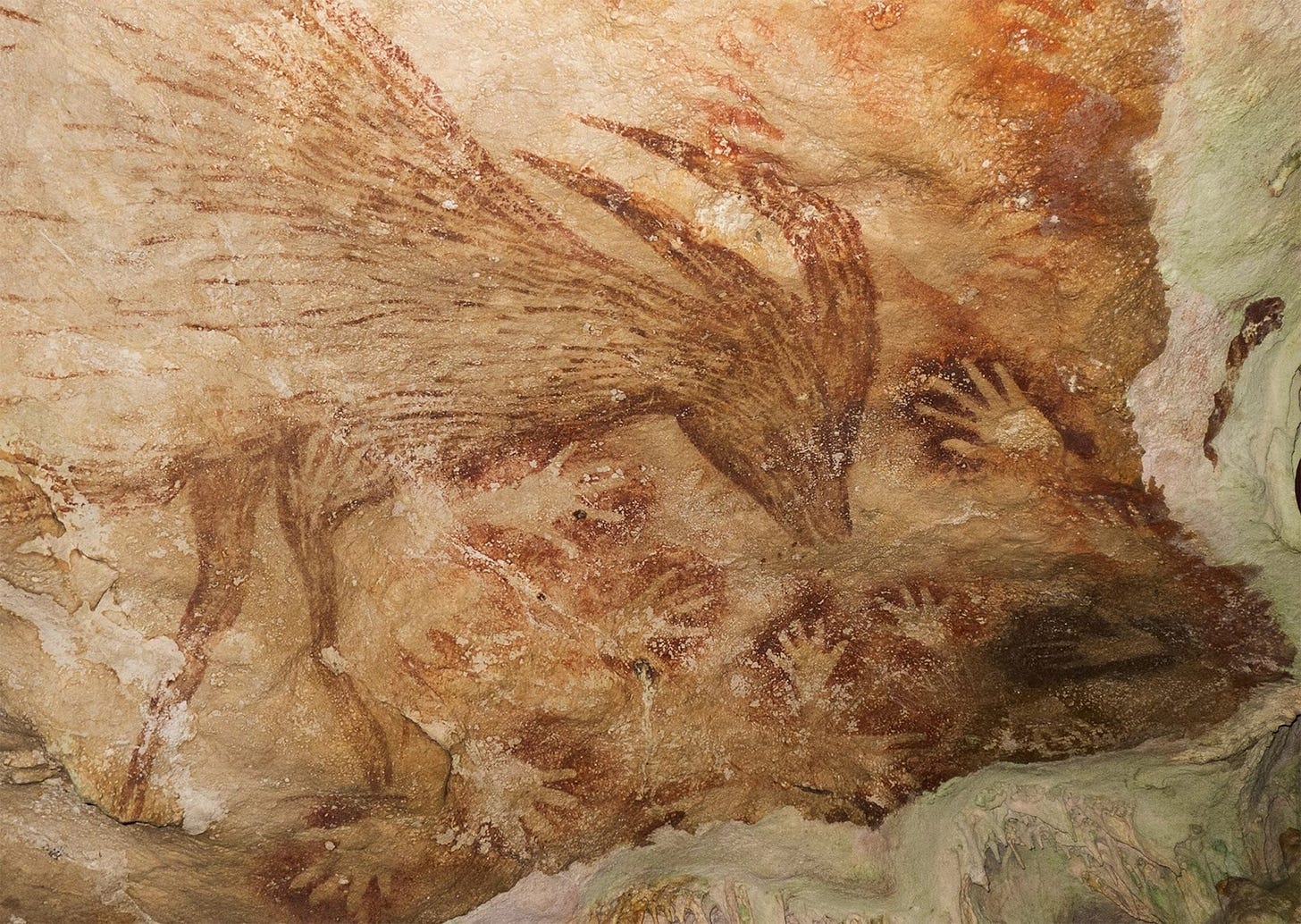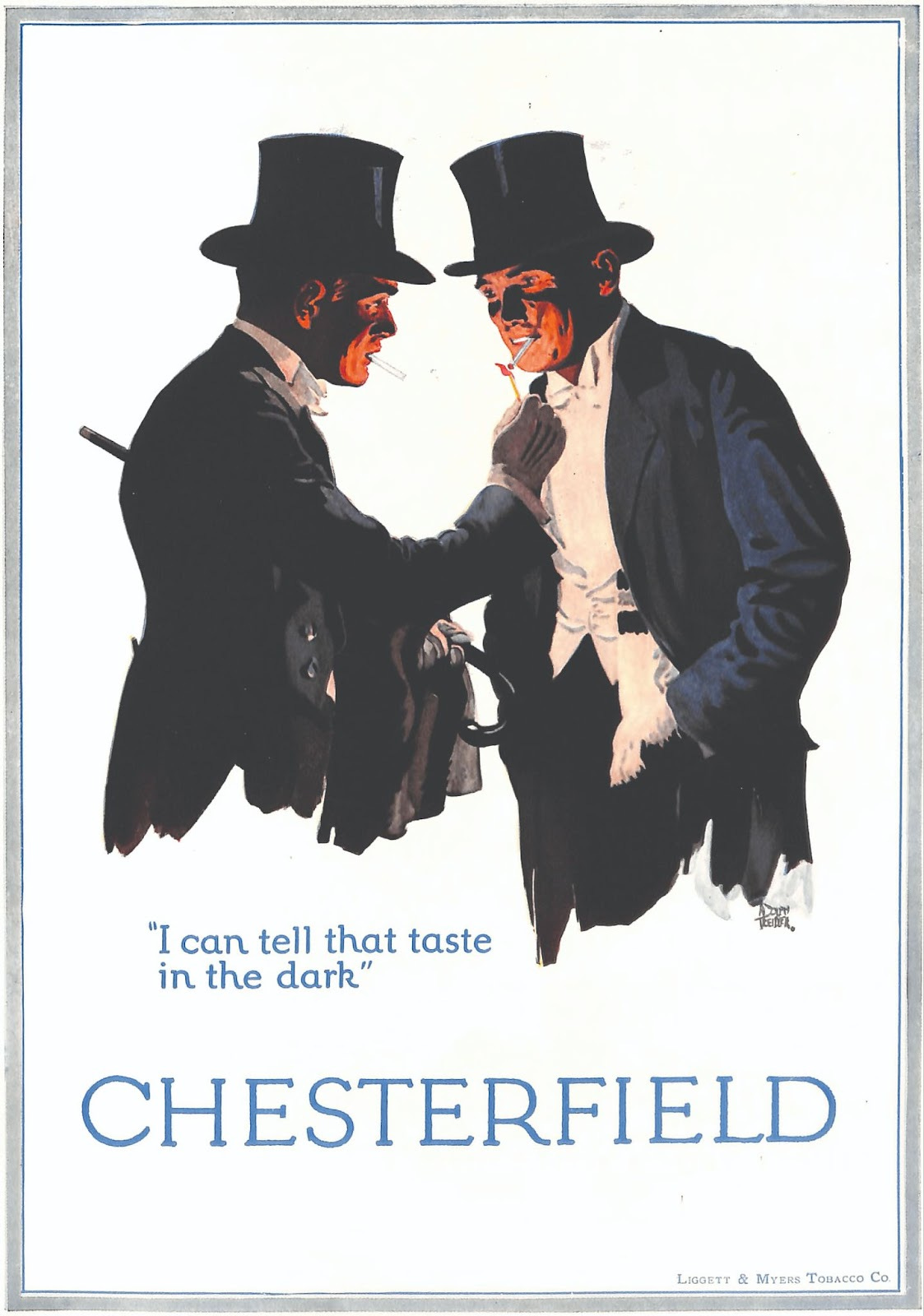Illustration in Recession
No fee too big, no job too small
I’m shamelessly biassed, I admit it.
Illustration is everywhere, from skateboard stickers to packaging. Tiny mobile ads to large corporate rebrands, it finds a home in almost every situation and in part because it always feels created by people. It is innately human regardless of execution or style and this humanity bleeds off the page, glows off of the screen and winks off of every billboard.
Forty thousand years before Creative Cloud, humans used ground ochre to illustrate scenes of a hunt on the smooth slabs of stone that mankind made home. And since then illustration has been used in every civilization onwards to translate, express and describe the world, beliefs and mythologies around them.
“Advertising is a bellwether for the consumer economy, I was literally in the belly of the beast itself and it was fascinating to be an observer.” My agent George was working at JWT as an Artbuyer before, during and after the financial crash of 2008 and had heard old-hands reminisce of the budgets they used to enjoy in the 80’s and then mourned as the purse strings tighten once again.
Like most things in our world, history is cyclical and for a myriad of reasons the Advertising industry is caught between a rock and a hard place at the moment. Budgets are tighter, competition is fiercer, agencies are laying off their workforces to meet the demands of a frugal economy and small nimble teams are becoming prized over bloated, traditional experiences all the while as the bar for memorable advertising rises higher and higher.
And in my shamelessly biassed eyes the humble illustration has never been better placed to meet the challenges of the landscape than right now.
—
Advertising and illustration have always had a shared upbringing. As the industry grew so did illustration. Photography was expensive and often impractical for the range of products being marketed - especially when it came to lifestyle products. It hadn’t developed into the creative expression it is today and was a supporting character - in contrast illustration was being used to full effect to showcase aspirations, lifestyles, themes and evocative scenes.
Its beginnings were rooted in practicality, being able to visualise a product in print had proved an effective way of hawking merch but it wasn’t long before creatives were finding more imaginative ways of showcasing brands through illustration and the true gift of illustration revealed itself.
Take for example in the early 1900’s, N.W. Ayer & Son were brought on to launch the Hawaiian Pineapple Company (later Dole Pineapple Juice), they took the bold approach to reject the realist style of illustration at the time in favour of art that leaned toward the abstract and aiming to create a sense of luxury and tropical romanticism with their campaigns instead. Artists such as French poster painter A.M. Cassandre and Georgia O’Keeffe were commissioned to bring elegance, beauty and emotional thinking to campaigns. It was one sprout of many that would bloom into a movement bringing life to advertising in more imaginative ways than realism.
Chesterfield Cigarettes, art directed by the Newell-Emmett agency in the 1920’s, evoke comparisons of Caravagio paintings in their usage of light and shadow, warmth and intimacy to depict romantic scenes of dandy smoke breaks - often at night to make full use of the glow of the cigarette and ingeniously pull the product into focus.
Later, Branding geniuses such as Michael Wolff saw the full potential of humour and charm in everyday branding. Showcased in the work for WHSmith, where Ian Logan was invited to add wit to white chalk with a marriage of illustration and packaging design. Nothing can ruin a beautiful idea quicker than reality.
As my agent puts it: “Illustration is 'evidence of hand' in a way that, say photography isn't - so perhaps it's more reassuring and accessible for that. It's certainly relatable, after all scribbling is a foundational exercise”.
What’s created in these examples is not the realism of the scene but an impression and expression of a perfect moment, that moment familiar to every smoker or that dream of a tropical getaway sipping on Pineapple juice. A moment of wonder as a child picks up art supplies and realises the joke in their hands. A moment that illustration is primed to capture by bending the rules in its favour.
—
From a practical perspective, my experience of the logistics of commissioning illustration is that it has always been a smoother affair than anything else in the industry. Briefs can be reactive and culturally reflective - responding to the moment in the moment and riding that wave of conversation almost as soon as it begins. I’ve worked across projects that developed over months of back and forth and on the other end of the spectrum - projects where I’ve had 48 hours to capture a moment as honestly and engagingly as I can. The elasticity of the process and output is what keeps illustration an enduring option - especially in today’s market.
And savvy agencies have always been aware of the flexibility and bang-for-your-buck of illustration, its ability to be scaled up across a whole campaign or split into the smallest components to use in the nooks and crannies of a rebrand. A single piece of work could be used across social media posts, in store product promotions, print adverts and TV backgrounds - as was the case in an illustration I was asked to create for Aldi’s partnership with the Rio Olympics - the breadth of usage allowed the agency to create as much impact as possible over the course of the campaign from one single large format illustration.
A series of illustrations can remain a viable set of assets across the entire lifespan of a brand - take Notion for example, its simple hand-drawn characters were introduced fairly early on its identity and have recently grown with a brand refresh by Buck as the company offering evolved. And out of that entire process, possibly the wisest financial investment was commissioning the artist and licensing the usage, avoiding all the hassle of scouting and renting locations, hiring equipment, art directing models and post-production for the output to remain rigid and unable to grow with future campaigns or brand evolutions.
“Perhaps it's a combination of the need for reassurance, a down to earth and accessible tone of voice, the desire to collaborate and connect, or just simple maths that make illustration more attractive” notes George.
I think I can put it even simpler - Illustration makes scary things seem approachable and complex things seem easy.
It’s why I’ll never tire of it. There is a special kind of magic in sitting with an idea and whittling away at all the bad visual concepts before arriving on something that you feel is right - you don’t know why it’s right but you can feel there is something there that needs to be explored. And when it works, it works. Illustrators like Malika Favre and Jean Jullien have seen their editorial responses travel the world being remixed, homaged and sold as bootleg prints (probably).
And today we’re still talking about the work of those unknown painters, inside that cave drawing their existence, never knowing how far their work would go.








